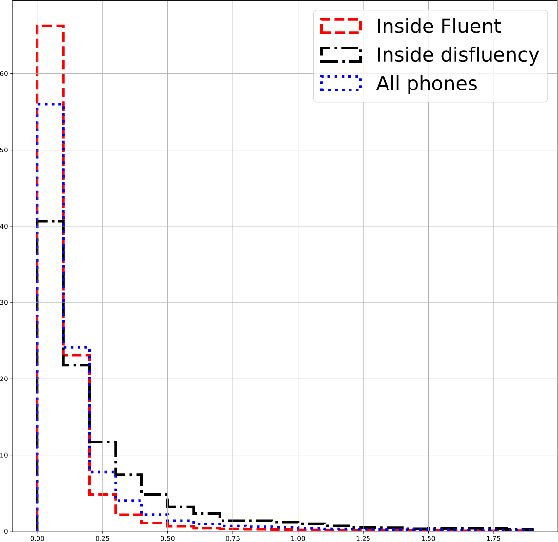Towards Automated Assessment of Stuttering and Stuttering Therapy
Paper and Code
Jun 16, 2020

Stuttering is a complex speech disorder that can be identified by repetitions, prolongations of sounds, syllables or words, and blocks while speaking. Severity assessment is usually done by a speech therapist. While attempts at automated assessment were made, it is rarely used in therapy. Common methods for the assessment of stuttering severity include percent stuttered syllables (% SS), the average of the three longest stuttering symptoms during a speech task, or the recently introduced Speech Efficiency Score (SES). This paper introduces the Speech Control Index (SCI), a new method to evaluate the severity of stuttering. Unlike SES, it can also be used to assess therapy success for fluency shaping. We evaluate both SES and SCI on a new comprehensively labeled dataset containing stuttered German speech of clients prior to, during, and after undergoing stuttering therapy. Phone alignments of an automatic speech recognition system are statistically evaluated in relation to their relative position to labeled stuttering events. The results indicate that phone length distributions differ with respect to their position in and around labeled stuttering events
 Add to Chrome
Add to Chrome Add to Firefox
Add to Firefox Add to Edge
Add to Edge